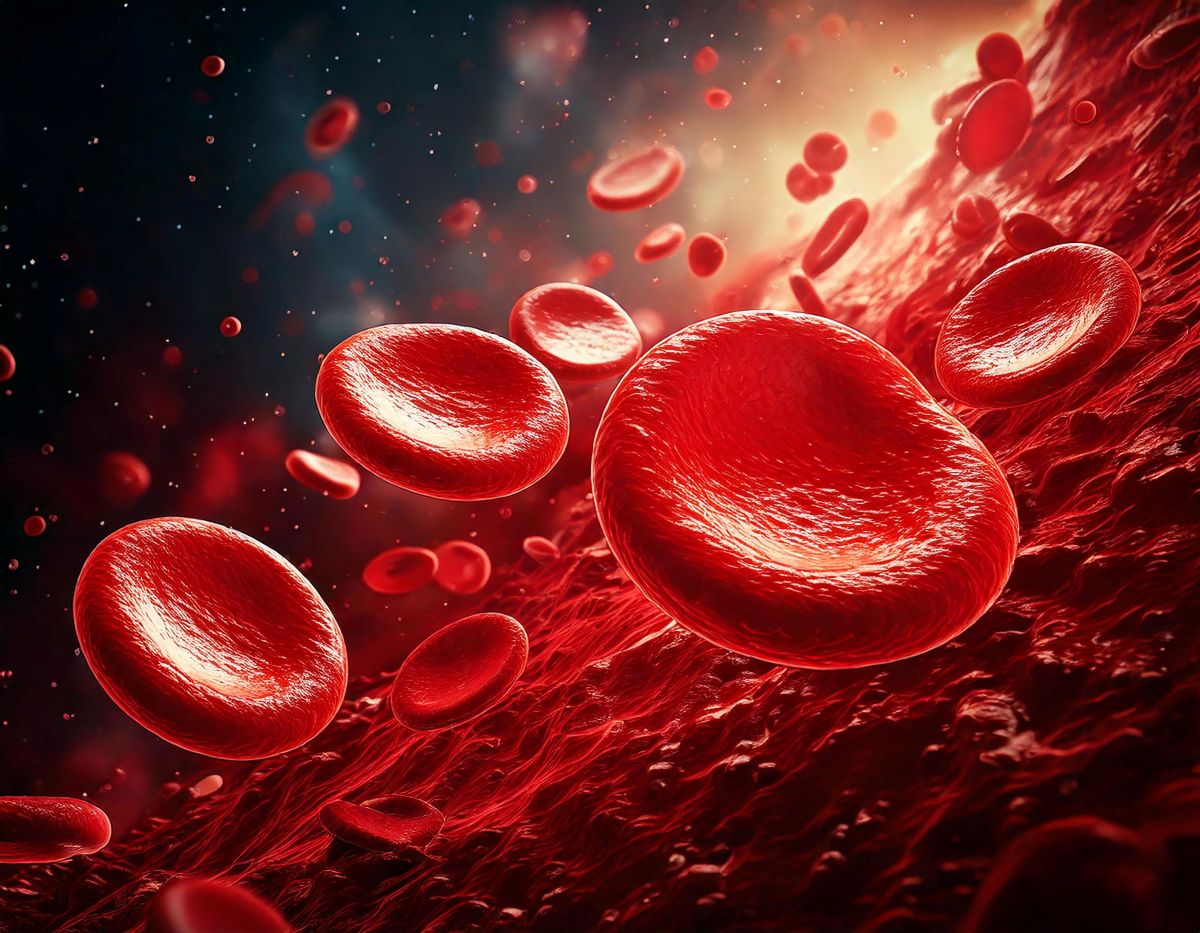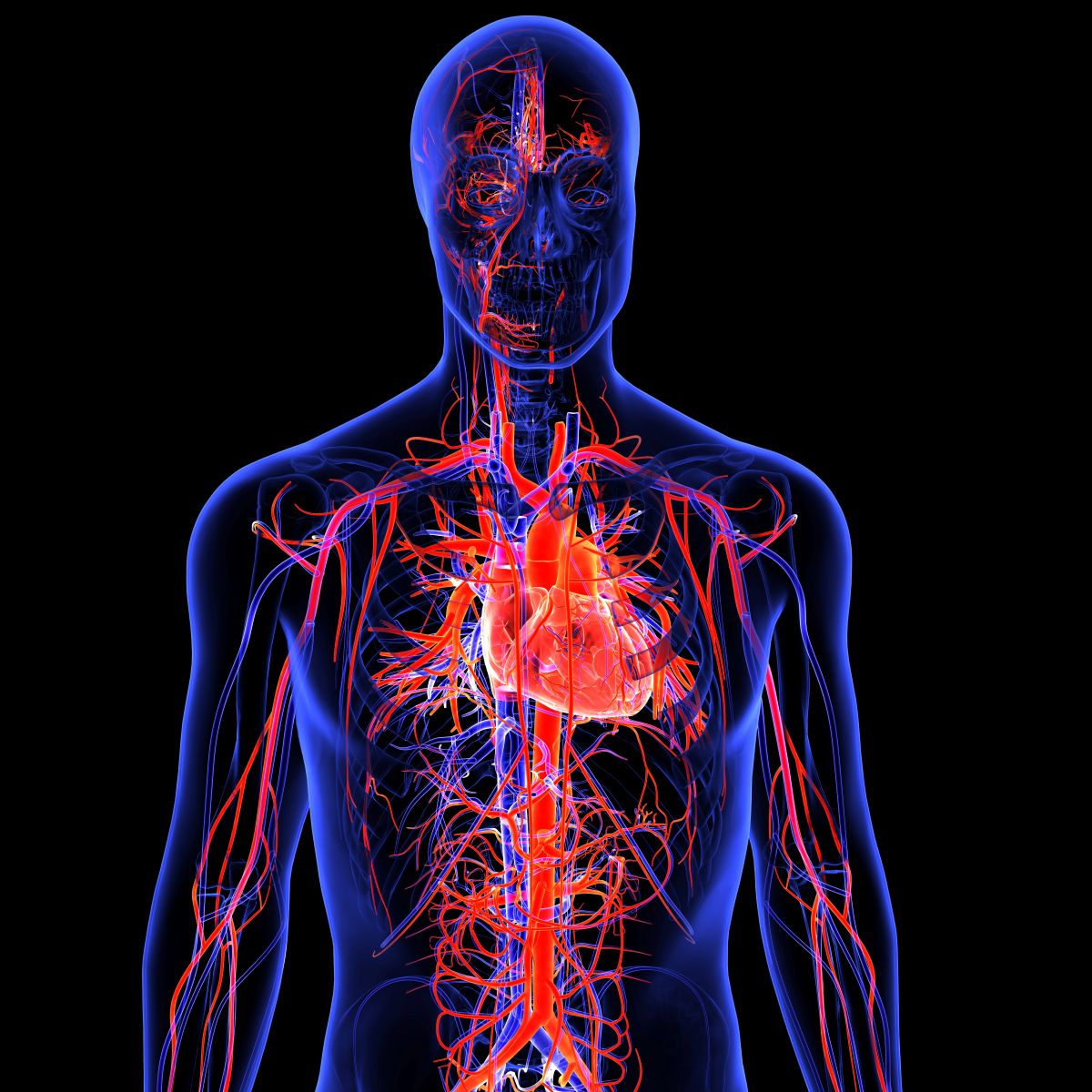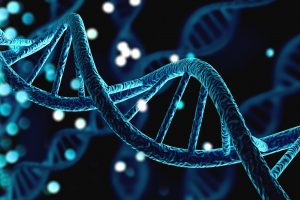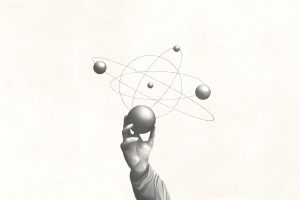In every drop of blood flows a breathtaking code, coursing through our veins to deliver life’s richest gifts.

© Shutterstock
Musa Sattar, London, UK – Deputy Science Editor
It slips beneath our skin, invisible to the eye but vital to every breath, blink, and beat. We rarely think of it, until it’s spilled or tested, and yet blood is the quiet conductor of life’s grand symphony. It is not just a red liquid that rushes through veins. Blood is a masterstroke of biology, a blend of simplicity and complexity that scientists are still decoding with wide-eyed wonder. And the deeper they go, the more they find themselves humbled.
Picture a single drop. Less than a teardrop, really. But in it are five million red blood cells, each one shaped like a doughnut without a hole, pliable as jelly yet sturdy enough to make 150,000 round trips through the body before retiring. They are the oxygen couriers of the body, ferrying this essential gas from lungs to cells with the clockwork precision of an ancient railway system. Their colour comes from haemoglobin, a protein that latches onto oxygen, releasing it only when needed. It is this iron-bound pigment that makes blood red, despite what blue-looking veins might suggest.
But what truly startles scientists is how haemoglobin structure mirrors that of chlorophyll, the pigment plants use to capture sunlight. Both have a near-identical ring structure at their core, differing only by a single metal atom: iron in haemoglobin, magnesium in chlorophyll. As biochemist Steven Rose described it vividly in The Chemistry of Life, this structure is so precisely arranged that even a tiny change can destroy its function. That two entirely different kingdoms of life, i.e., plant and animal, rely on almost identical molecular frameworks is a synchrony too precise to be coincidental. In his book Revelation, Rationality, Knowledge and Truth, Hazrat Mirza Tahir Ahmadrh presents a deeply thought-provoking observation about haemoglobin: its complexity is so extraordinary that some scientists choose to sidestep the question altogether. They marvel at its structure, study its function, but avoid the elephant in the lab: how could something so flawlessly tuned have formed by accident? Haemoglobin, he argues, isn’t just remarkable; it demands an explanation deeper than chaos.1
Along with red blood cells, there are also white blood cells. They are fewer in number, outnumbered by red cells by hundreds to one, but they’re the elite guard. They remember, react, and adapt. Each time you catch a cold, it’s these sentinels who fight it off. And they learn. Your immune system never forgets a battle won. It’s what makes vaccinations work and why some fevers never return.
Floating between these cells is plasma, a golden liquid that carries hormones, nutrients, waste, and messages. It’s the river in which the life rafts of immunity and respiration sail. And within that river are platelets, the emergency responders. They rush to sites of injury, sticking together, building barricades, and summoning reinforcements to seal wounds. Without them, a paper cut could become deadly.
Yet these are just the surface players. What lies beneath, scientists are only beginning to uncover. In June 2025, a groundbreaking study published in Nature described how red blood cells, under low oxygen, rupture and form what one researcher called a ‘biological glue’ that helps seal blood vessels, a mechanism entirely distinct from traditional platelet-based clotting. The discovery, reported by New Atlas, was so unexpected and precise that it challenges long-held assumptions about how our bodies stop bleeding. As Professor Shaun Jackson, the study’s corresponding author, told New Atlas, ‘It’s a whole new chapter in vascular biology.’
So, it turns out platelets aren’t always the stars of the clotting show. Sometimes, red cells play the hero role when the body is under severe stress, like a heart attack or deep internal wound. The membranes of these cells burst open, releasing contents that form micro-barriers in damaged vessels. This discovery did more than rewrite medical textbooks. It reaffirmed something deeper: that even the smallest parts of our bodies seem to operate under a set of hidden rules, honed to perfection.
The more scientists investigate, the more such marvels emerge. A fascinating study featured in Advanced Materials revealed how blood peptides could be used to 3D-print scaffolds that help repair bone. This bio-cooperative approach goes beyond simply mimicking nature; it taps directly into the body’s own healing strategy. When we suffer a fracture, the body responds by forming a regenerative hematoma, a cell-rich environment that sets the stage for repair. These blood-based materials are designed to follow that same precise sequence.
In a press release, Professor Alvaro Mata at the University of Nottingham, who led the study, expressed, ‘For years, scientists have been looking at synthetic approaches to recreate the natural regenerative environment, which has proven difficult given its inherent complexity…This “bio-cooperative” approach opens opportunities to develop regenerative materials by harnessing and enhancing mechanisms of the natural healing process.’ In other words, we’re not designing a solution, but we’re borrowing one. The blueprint has been there in blood all along, quietly perfect, as old as life itself. Does that not suggest it’s more than a product of chance?
And then there’s the brain, our most protected organ, where blood plays another astonishing role. Recent findings published in Science Advances revealed that tiny capillaries aren’t just passive tubes carrying red blood cells, as once thought. Instead, they use electrical and calcium signals to steer blood flow precisely to the brain regions that need it most, in real-time, as you think, speak, or move.
‘Capillaries were traditionally thought of as simple conduits for red blood cells, and the barrier between the blood and brain,’ said Dr Mark T. Nelson, co-senior author of the study and Distinguished Professor at the University of Vermont. ‘Here, we revealed an unknown universe of calcium signalling in capillaries, and much like traffic lights, these calcium signals direct vital nutrients to nearby active neurons.’

© Shutterstock
His comments, made in a press release from the University of Maryland, highlight just how advanced this system is; a split-second response network more efficient than any man-made city’s infrastructure. It’s hard to believe this level of precision isn’t guided by some larger logic.
Even the way blood ages is instructive. A new proteomic tool called the Healthspan Proteomic Score, developed in 2025, now allows doctors to look at someone’s blood proteins and predict their biological age more accurately than the calendar ever could. People with lower scores have a higher chance of developing dementia, stroke, or diabetes. It means blood isn’t just a carrier; it’s also a mirror. It reflects our past, reveals our present, and foretells our future.
Although science is making progress toward artificial blood, with trials like Japan’s 2025 study and the RESTORE project showing success in oxygen transport and clotting, no substitute yet replicates the full intelligence of natural blood; its ability to adapt, defend, and repair all at once.
‘There is currently no safe substitute for red cells,’ noted Professor Hiromi Sakai, highlighting the urgency behind this artificial blood technology. And as Dr William A. Haseltine cautioned in Forbes, ‘Until we know how patients respond to greater quantities of blood, it is difficult to determine whether lab-grown red blood cells are a viable alternative for patients needing regular blood transfusions.’ Each breakthrough moves us forward, but also reinforces a striking truth: not even the most sophisticated machines can mimic the dynamic intelligence contained in a single living drop.
Some might call this design by accident. But it’s hard not to marvel at how seamlessly every part fits.
Blood doesn’t just transport. It protects, communicates, repairs, and remembers. It adapts, evolves, and sometimes even creates, as in the case of blood-derived materials that build bone. Its chemical architecture is so fine-tuned that even the slightest imbalance can mean illness or death. And yet, for most of us, it works flawlessly for decades.
Even in death, blood doesn’t lose its complexity. An article in Physics World explored the surprisingly intricate physics behind blood spatter, revealing just how unique and sophisticated this fluid really is. Far from being a simple liquid, blood is a blend of liquid and solid elements, with properties like pH, viscosity, and cell count that vary from person to person. This complexity poses major challenges for forensic science, especially in blood pattern analysis, where every droplet behaves according to subtle laws of fluid mechanics. The closer you look, the more it becomes clear; blood operates with a level of detail that demands both scientific precision and deep respect.
From the red blood cells that fold like origami to slip through tiny capillaries, to the white cells that sacrifice themselves in defence of a wound, every aspect of blood speaks of a system not only built to survive but to flourish. Its balance is so exact that when researchers adjust one component in a lab model, the whole system shifts to compensate, just like a watchmaker’s gears, each essential, each responsive.
Is it a coincidence that blood holds the power to heal as well as sustain? That it remembers enemies and strengthens over time? That it flows to where it is needed, then vanishes back into the silent loop, unnoticed?
Some truths in science stir something deeper than knowledge. They stir wonder. Blood is one of those truths. It may just be liquid tissue, scientifically speaking. But anyone who looks closely enough sees something more: a fluid masterpiece, as intricate as it is indispensable, as humble as it is profound.
By highlighting the remarkable complexity and functionality of blood, I challenge the assertions made by scientists such as Victor Stenger, Richard Dawkins, and Kenneth Miller, who argue that science disproves the existence of God. The very nature of blood, with its intricate design and essential role in sustaining life, serves as compelling evidence of intentional creation rather than a product of unguided processes.
Therefore, the next time you feel your pulse or notice the blue web beneath your skin, remember that what flows there is not just a mixture of cells and proteins. It is a living testimony to the fact that within our bodies, and perhaps the universe itself, there exists a structure so intelligent, so quietly perfect, it cannot be easily dismissed as chance.
ENDNOTES
1. Mirza Tahir Ahmad (rh), Revelation, Rationality, Knowledge & Truth (Tilford, Surrey: Islam International Publications Limited, 1998).
Further Reading:
https://www.nature.com/articles/s41586-025-09076-x
https://newatlas.com/disease/new-blood-clotting-mechanism-hemolysis-necroptosis
https://advanced.onlinelibrary.wiley.com/doi/10.1002/adma.202407156
https://www.science.org/doi/10.1126/sciadv.abh0101
https://www.imperial.ac.uk/news/261093/blood-protein-profiles-provide-insights-into
https://acrjournals.onlinelibrary.wiley.com/doi/10.1002/art.43110




Add Comment